
Natural Disasters and Legal Pressures Are Driving Up Homeowners Insurance Costs Nationwide
Homeowners insurance is becoming less affordable nationwide as natural disasters, legal system strain, and rising repair costs drive premiums higher, especially in disaster-prone states.
June 11
Catastrophe
Insurance Industry
Litigation
Property
Alaska
Florida
Louisiana
Maryland
Mississippi

Roof Resilience Is the Key to Lower Claims and Safer Homes
With 70-90% of storm-related claims involving roof damage, the FORTIFIED Roof standard offers a proven, cost-effective way to reduce risk and protect property.
June 4
Catastrophe
Insurance Industry
Property
Risk Management
Alabama
Mississippi
Oklahoma
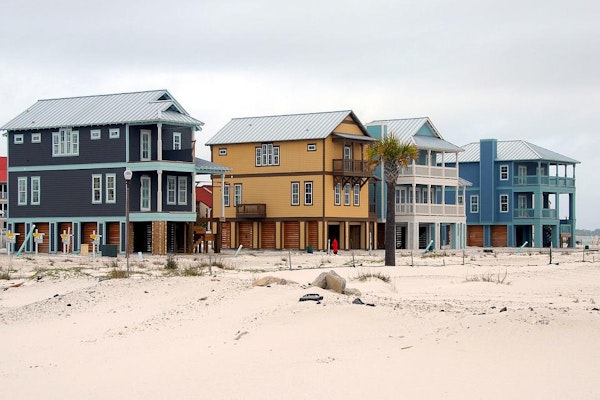
Storm Surge Risk Threatens Billions in Coastal Property Value Across 20 States
Over 6.4 million homes in coastal U.S. states face moderate or greater storm surge risk, with $2.2 trillion in potential reconstruction costs, according to 2025 Cotality data.
June 2
Catastrophe
Legislation & Regulation
Property
Risk Management
Alabama
Connecticut
Delaware
District Of Columbia
Florida
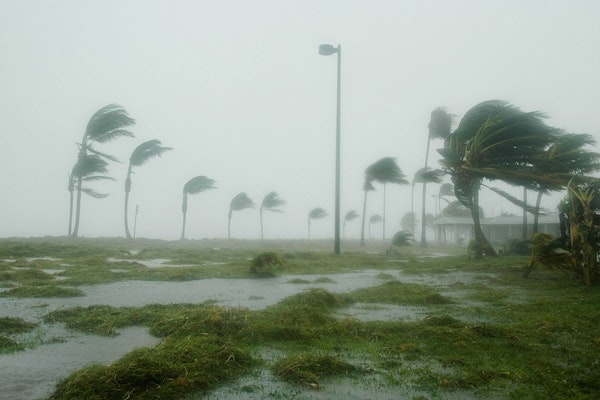
Neutral Pacific Waters Signal Potential Spike in Atlantic Hurricanes
With La Niña officially over and El Niño unlikely, the Atlantic may face an active hurricane season as neutral Pacific conditions remove key storm barriers.
April 21
Catastrophe
Insurance Industry
Property
Risk Management
Alabama
Florida
Louisiana
Mississippi
Texas
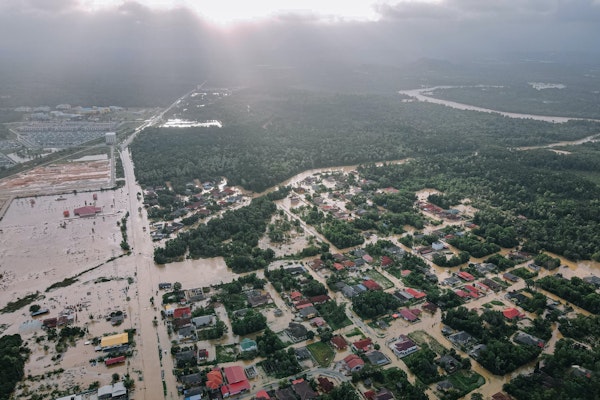
Why Climate Resilience Requires Both Parametric and Traditional Insurance Solutions
As billion-dollar weather disasters escalate, combining parametric and traditional insurance offers a faster, more adaptive recovery solution for policyholders across the U.S.
April 15
Catastrophe
Insurance Industry
Property
Technology
California
Florida
Louisiana
Mississippi

Historic Flooding Threat Intensifies Across Central US After Devastating Storms and Tornadoes
Following deadly tornadoes and widespread storm damage, central US states now face a rare high-risk flood event that could bring once-in-a-generation impacts.
April 4
Catastrophe
Property
Arkansas
Indiana
Kentucky
Mississippi
Missouri

Rising Insurance Costs and Severe Thunderstorms: How Convective Storms Are Reshaping Risk
Severe convective storms are a major driver of rising insurance costs, with hail, tornadoes, and strong winds causing billions in property damage. Understanding storm patterns can help insurers manage risk effectively.
February 24
Catastrophe
Insurance Industry
Property
Risk Management
Alabama
Florida
Georgia
Illinois
Indiana

Uninsured and Underinsured Drivers on the Rise in 2023, IRC Report Finds
A new Insurance Research Council (IRC) report reveals that over 33% of U.S. drivers in 2023 lacked sufficient auto insurance, marking a significant increase since 2017.
February 21
Auto
Insurance Industry
Legislation & Regulation
Risk Management
Colorado
District Of Columbia
Florida
Georgia
Kentucky
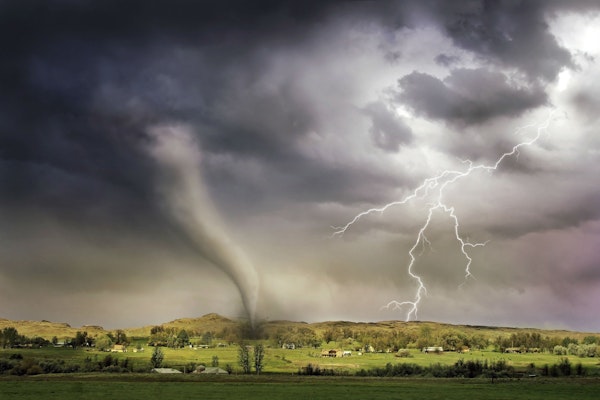
Year-End Tornadoes Spark Surge in Insurance Claims Across Southern States
Severe storms from December 26–29, 2024, caused extensive tornado damage across 10 Southern states, generating over 2,700 insurance claims and highlighting a rising trend in extreme weather events.
January 6
Catastrophe
Insurance Industry
Property
Risk Management
Alabama
Mississippi
North Carolina
South Carolina
Texas

Rising Home Insurance Nonrenewals Reshape Housing Market Across the U.S.
As climate-driven disasters increase, nonrenewed home insurance policies are surging nationwide, impacting property values, mortgages, and economic stability in vulnerable communities.
December 30, 2024
Catastrophe
Legislation & Regulation
Property
Risk Management
Alabama
California
Colorado
Connecticut
Florida

Mississippi Restaurant Fined $1.5M for Seafood Mislabeling Scheme
A Gulf Coast restaurant and co-owner face penalties after years of selling mislabeled imported seafood as premium local fish, defrauding customers and the seafood industry.
November 20, 2024
Fraud
Legislation & Regulation
Liability
Risk Management
Mississippi

Louisiana’s Auto Insurance Affordability Challenges Persist in 2022
Despite rising incomes, Louisiana remains the least affordable state for personal auto coverage across the South and U.S., with premiums nearly 40% above the national average.
October 15, 2024
Auto
Legislation & Regulation
Litigation
Risk Management
Florida
Louisiana
Mississippi
North Carolina

Dockworkers Reach Tentative Deal, Strike Suspended Until January
U.S. dockworkers have suspended their strike after reaching a tentative agreement with terminal operators, securing a wage increase and agreeing to continue negotiations in January.
October 4, 2024
Legislation & Regulation
Litigation
Risk Management
Alabama
Florida
Georgia
Louisiana
Maryland

Key Restaurant Insurance Claims Insights to Help Adjusters Minimize Payouts
Understand the most frequent and costly insurance claims in the restaurant industry, from equipment breakdown to employee injury, and how claims adjusters can help mitigate risks.
September 30, 2024
Liability
Property
Risk Management
Workers' Compensation
California
Florida
Michigan
Mississippi
New Jersey
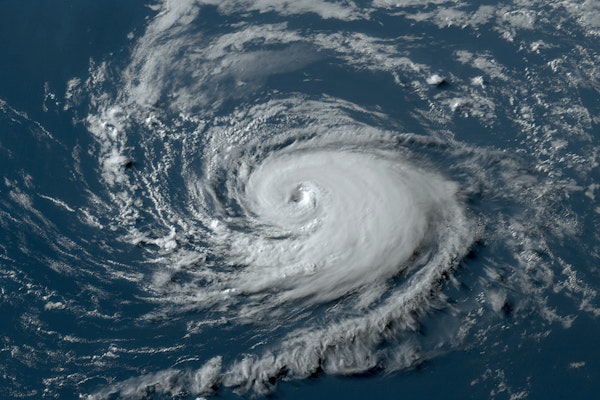
Hurricane Threat Looms for Gulf Coast as Atlantic Storm Intensifies
A developing Atlantic storm poses a significant hurricane risk to the US Gulf Coast, stretching from Mississippi to Florida. Forecasters predict rapid intensification as it moves north through warm Gulf waters, threatening major landfall.
September 23, 2024
Catastrophe
Litigation
Property
Risk Management
Florida
Mississippi





